Understanding the Importance of Speech Therapy in Autism Treatment
Communication challenges are central to Autism Spectrum Disorder (ASD), impacting social interaction, learning, and daily life. Speech therapy plays a pivotal role in addressing these communication deficits, providing tailored interventions that improve verbal and nonverbal skills, foster social engagement, and support overall development. This article explores how speech therapy integrates within autism treatment, particularly alongside behavioral approaches such as Applied Behavior Analysis (ABA), to enhance outcomes for individuals with ASD.
Applied Behavior Analysis (ABA) and Its Connection to Autism Therapy
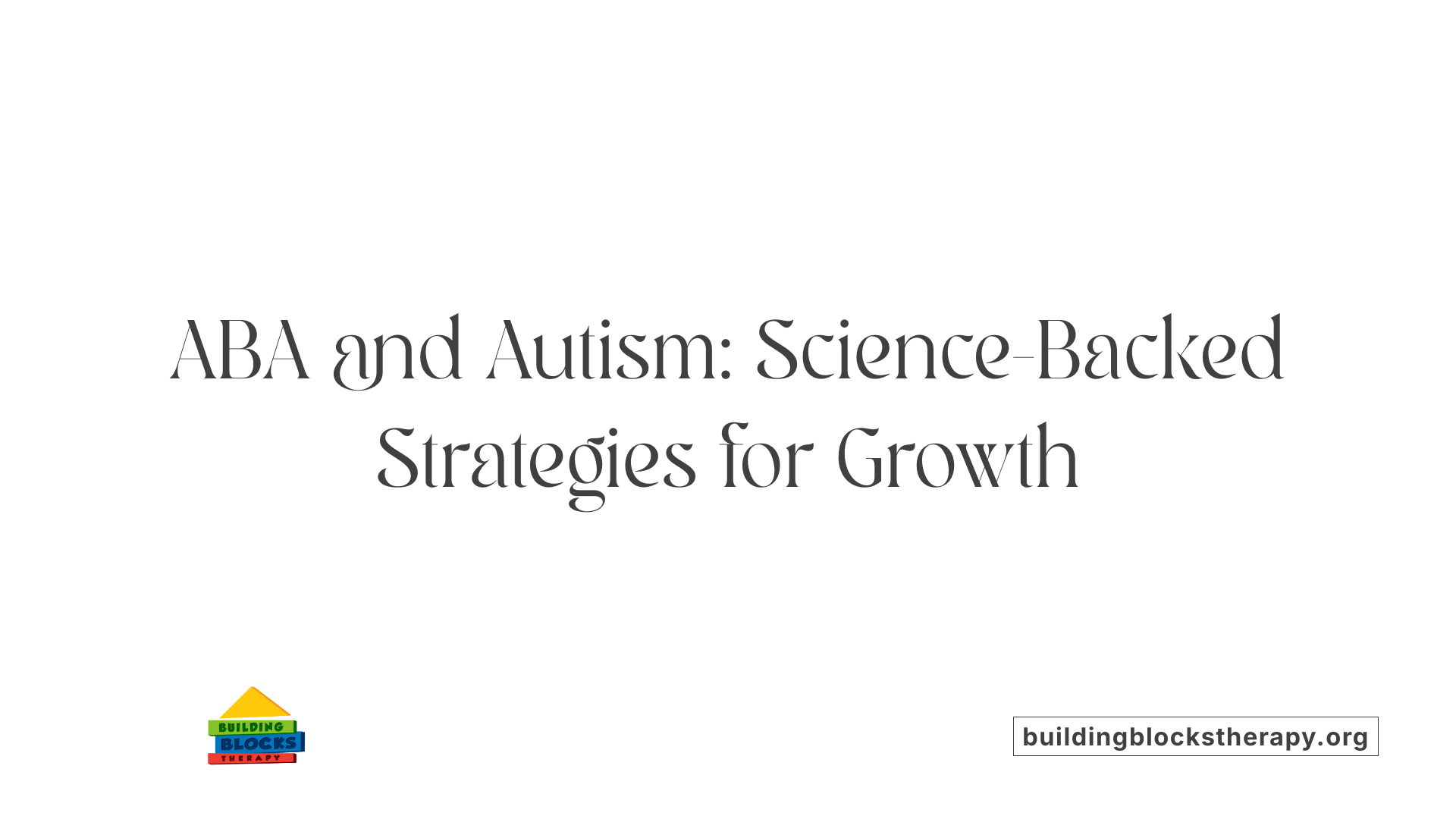
What is Applied Behavior Analysis (ABA) therapy and how does it relate to autism?
Applied Behavior Analysis (ABA) therapy is a science-based approach that focuses on improving helpful behaviors and reducing harmful ones by analyzing the antecedents, behaviors, and consequences, often called the ABCs. This systematic method helps understand and modify behaviors effectively.
ABA is widely used in autism spectrum disorder (ASD) therapy to enhance social skills, communication, language, attention, and academic abilities. It employs positive reinforcement, where desired behaviors are rewarded to increase their frequency. Programs are highly individualized, tailored specifically to meet the unique needs and goals of each autistic individual.
Techniques used in ABA
Some common techniques include:
- Positive reinforcement: Rewarding desired behaviors to encourage repetition.
- Discrete Trial Training (DTT): Breaking skills into small, manageable steps.
- Pivotal Response Training (PRT): A naturalistic method promoting motivation and communication in everyday settings.
- ABC analysis: Assessing behavior triggers and consequences to guide interventions.
Modern ABA approaches
Contemporary ABA emphasizes naturalistic, strengths-based, and individualized interventions rather than solely focusing on behavior suppression. Therapy often incorporates play, communication, and social activities to encourage meaningful learning and independence.
Duration and professional involvement
ABA therapy is typically conducted over 1 to 3 years and delivered by trained professionals, including Board Certified Behavior Analysts (BCBAs) and Registered Behavior Technicians (RBTs). Family involvement is critical to generalize skills in natural contexts, ensuring lasting benefits.
Overall, ABA therapy remains one of the most evidence-backed treatments for ASD, fostering improved social and communication skills through personalized, supportive techniques.
Who Provides Behavioral Analysis and Autism Therapy?

Professional Roles in Autism Therapy
Behavioral analysis and autism therapy are primarily delivered by licensed and trained professionals who specialize in evidence-based interventions. The central figures in this field are Board Certified Behavior Analysts (BCBAs), who design and oversee individualized Applied Behavior Analysis (ABA) programs tailored to each child's needs and developmental milestones.
Role of Board Certified Behavior Analysts (BCBAs)
BCBAs play a crucial role by evaluating behavioral challenges, developing treatment plans, and supervising implementation. They ensure therapies are data-driven and focused on encouraging positive behaviors and communication skills.
Registered Behavior Technicians (RBTs) in Therapy Delivery
The day-to-day delivery of ABA therapy is often conducted by Registered Behavior Technicians (RBTs), who work under the supervision of BCBAs. RBTs implement interventions such as discrete trial training (DTT) and pivotal response training (PRT), providing consistent support to children in clinical and natural settings.
Interdisciplinary Collaboration
In addition to behavioral specialists, effective autism therapy frequently includes collaboration with speech-language pathologists and occupational therapists. These professionals work alongside BCBA teams to address communication, sensory integration, and daily living skills, providing a comprehensive approach to intervention.
Access Through Healthcare Systems and Insurance
Families can access these autism services through medical providers, early intervention programs, schools, and private clinics. Many therapies are covered partially or fully by health insurance plans or are provided via individualized education plans (IEPs) or early intervention services, ensuring more children receive appropriate support at home, school, and in the community.
Main Goals of Autism Therapy Based on Behavioral Analysis
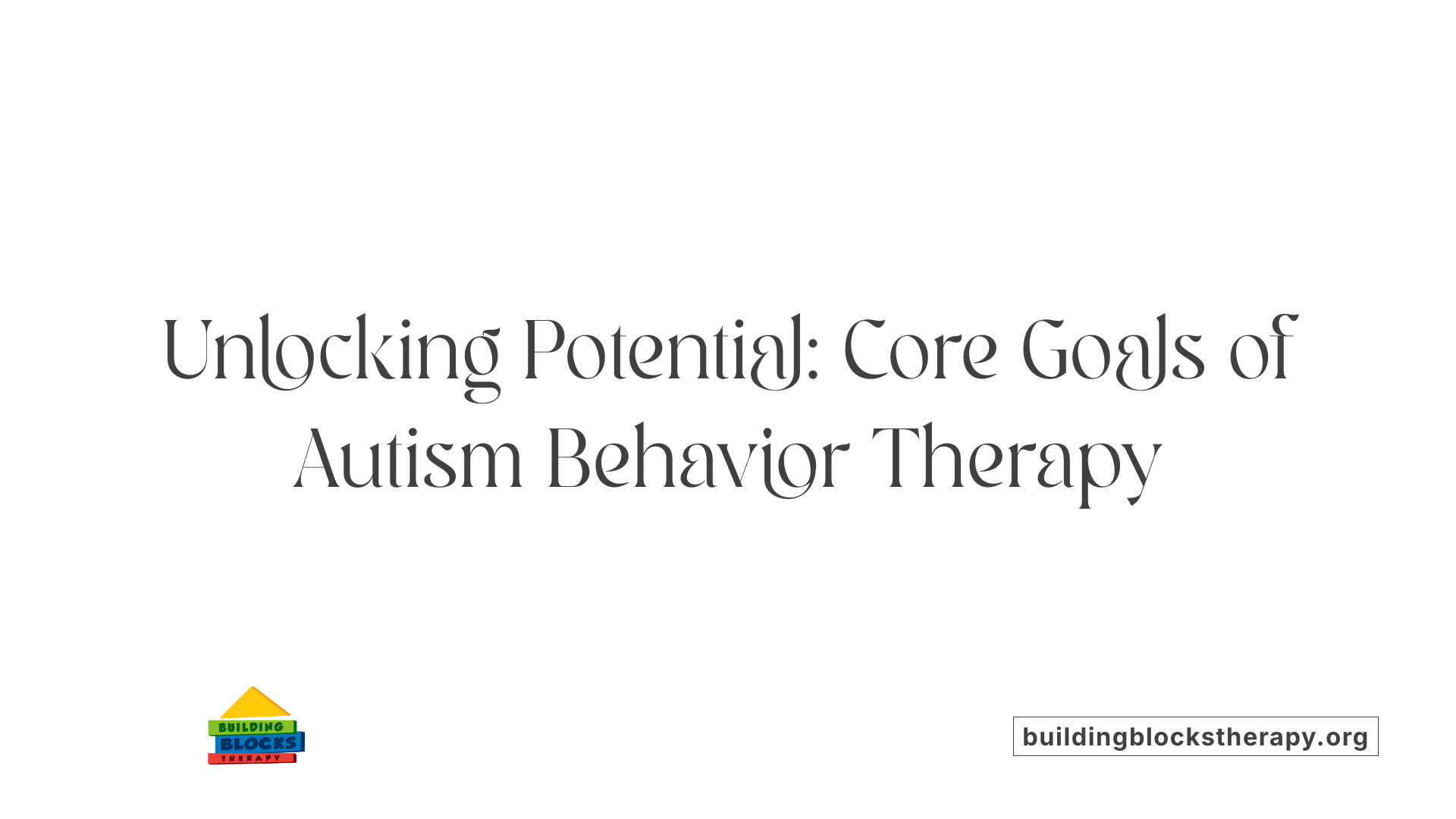
What are the main goals of autism therapy based on behavioral analysis?
Autism therapy grounded in behavioral analysis, especially Applied Behavior Analysis (ABA), centers on several critical aims tailored to each child's unique needs. A primary goal is the improvement of communication skills, both expressive (speaking or using other forms to express wants and needs) and receptive (understanding others). Enhancing social interaction is another core objective, helping children develop appropriate social skills such as sharing, turn-taking, and recognizing emotions.
Adaptive daily living skills development is crucial, enabling children to gain independence in everyday tasks like dressing, feeding, and toileting. Behavioral therapy also targets reducing harmful or disruptive behaviors that interfere with learning or social acceptance. These goals focus on increasing helpful behaviors that support learning and social engagement.
Intervention plans are individually crafted with clear, measurable objectives. Progress is systematically tracked using data-driven approaches to adjust strategies and maximize success. Techniques like Discrete Trial Training (DTT) provide structured, step-by-step teaching in controlled settings, while Pivotal Response Training (PRT) promotes motivation and learning opportunities in natural environments.
Ultimately, the behavioral analysis approach in autism therapy strives to encourage independence and enhance quality of life. Through focused skill-building and behavior management, children can achieve better integration into social, educational, and community settings, setting the foundation for lifelong growth and participation.
The Role of Speech Therapy in Enhancing Communication Skills
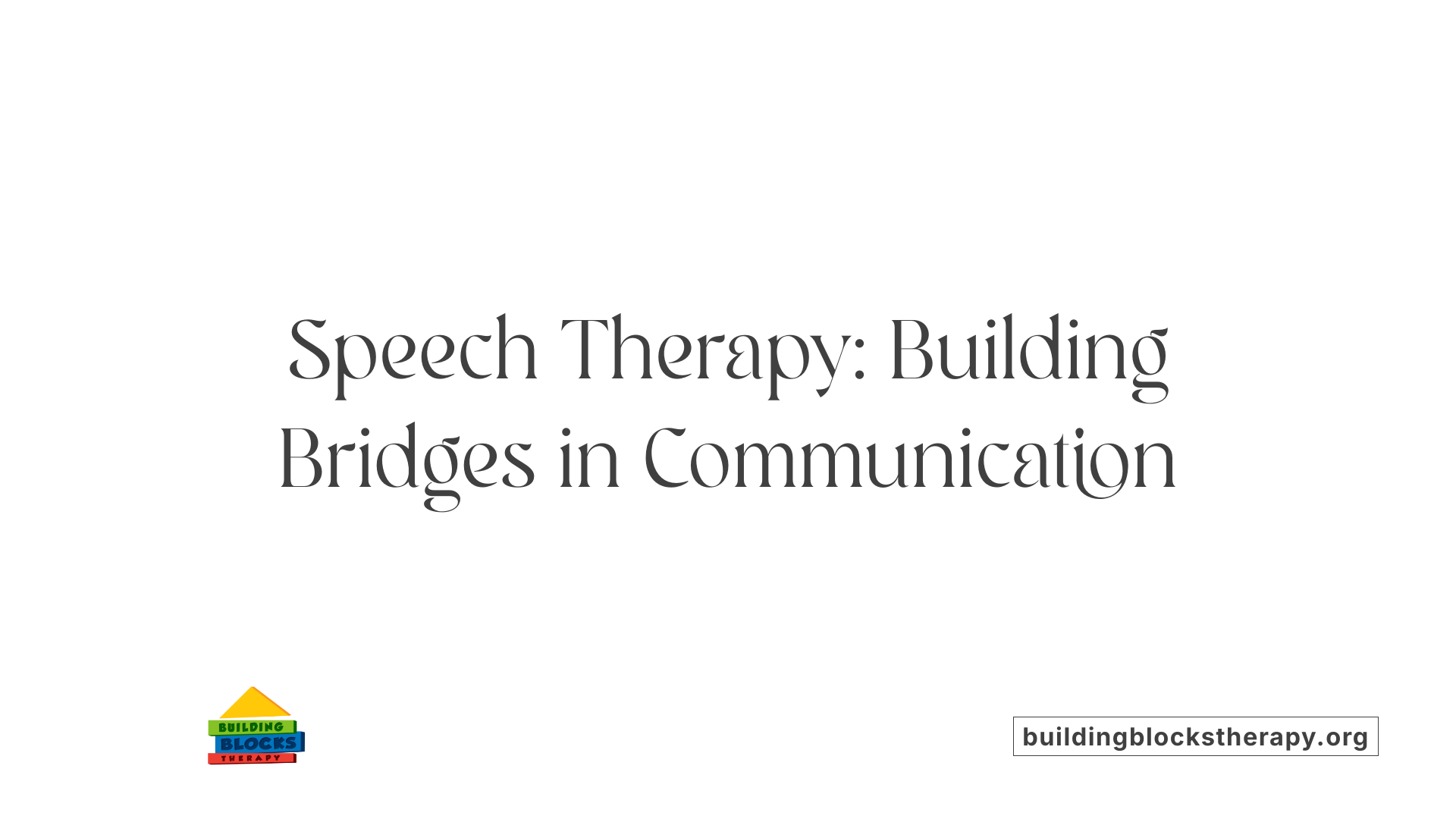
What Are the Goals and Methods of Speech-Language Therapy for ASD?
Speech-language therapy for children with autism spectrum disorder (ASD) focuses on improving both verbal and nonverbal communication abilities. Common goals include helping children develop clearer speech sounds, enhancing understanding of body language and social cues, and facilitating effective functional communication. Methods often combine direct speech practice, social skills coaching, and communication through alternative methods to suit individual needs.
How Do Speech-Language Pathologists Assess and Plan Therapy?
Licensed Speech-Language Pathologists (SLPs) begin with comprehensive evaluations to understand each child's unique communication strengths and challenges. Based on these assessments, they devise individualized therapy goals tailored to support growth in language, social interaction, and nonverbal communication skills. Regular progress reviews help adjust therapy plans for optimal outcomes.
What Interventions Improve Verbal and Nonverbal Communication?
Interventions include imitation training, which progresses from gross motor movements to speech sounds, often reinforced through games and rewards to enhance motivation—particularly effective for speech impairments like dyspraxia. Therapy also targets comprehension skills involving social cues, humor, and nonverbal intentions using visual supports and communication systems.
How Are Augmentative and Alternative Communication (AAC) Methods Used?
AAC methods such as sign language, Picture Exchange Communication System (PECS), speech-generating devices, and mobile apps provide additional tools for children facing speech challenges. SLPs select appropriate AAC options to complement speech therapy, promoting clearer and functional communication.
In What Ways Does Speech Therapy Enhance Social Communication?
Group interactions and peer-mediated sessions foster skills like conversational turn-taking, understanding social narratives, and practicing social cues. Social skills groups, coaching, and naturalistic language strategies help generalize communication abilities into everyday settings.
How Is Speech Impairment Such as Dyspraxia Addressed?
Speech dyspraxia is tackled by imitation practices progressing stepwise from larger body movements to fine oral motor skills, coupled with motivational reinforcement through rewards. This structured approach aids in developing purposive, functional speech.
Where Is Speech Therapy Provided and How Is It Funded?
Speech therapy services are delivered in various places including private clinics, schools (often via Individualized Education Programs, IEPs), homes (especially within early intervention programs for children under three), and community settings. Many services are covered by insurance or offered at low to no cost depending on family income and public programs.
| Topic | Description | Additional Details |
|---|---|---|
| Therapy Goals | Improve speech clarity, nonverbal skills, social communication | Tailored to individual needs |
| Assessment | Conducted by licensed SLPs to plan personalized intervention strategies | Includes progress monitoring |
| Communication Methods | Use of imitation, visual supports, AAC systems | Supports children with speech and comprehension challenges |
| AAC Methods | PECS, sign language, speech-generating devices | Enhances functional communication |
| Social Communication | Group therapy, peer coaching, naturalistic strategies | Promotes real-life social interaction skills |
| Speech Impairment Intervention | Structured imitation with motivational rewards | Effective for dyspraxia and purposive speech development |
| Therapy Settings and Funding | Clinics, schools, homes, community; insurance coverage commonly available | Access depends on local resources and family circumstances |
Integrating Speech Therapy with Behavioral Interventions for Holistic Autism Treatment
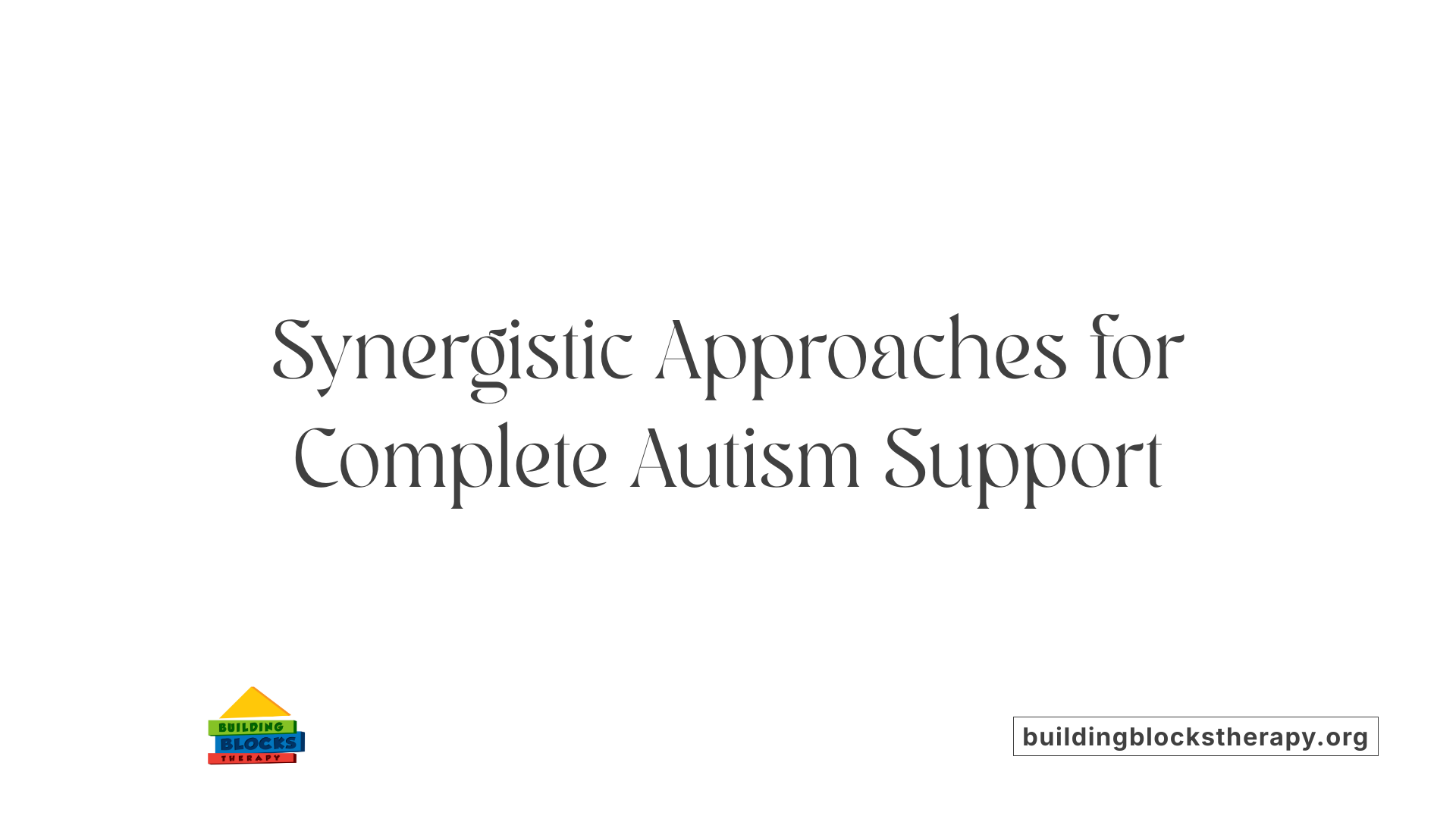
How does speech therapy complement ABA in ASD treatment?
Speech therapy and Applied Behavior Analysis (ABA) work synergistically to enhance communication, social interaction, and functional communication skills in children with autism spectrum disorder (ASD). While ABA systematically teaches new behaviors and social skills using behavioral psychology principles, speech therapy targets specific language aspects such as articulation, comprehension, and verbal expression.
What collaborative approaches exist among therapists?
Therapists often collaborate by incorporating behavioral strategies within speech therapy sessions and vice versa, ensuring consistency and maximizing treatment effectiveness. Combining ABA's structured reinforcement methods with speech therapy allows for a comprehensive approach addressing both motivation and technical language skills.
How do these therapies promote language, social interaction, and communication?
Integrating therapies enables teaching communication fundamentals systematically while specifically addressing challenges with speech sounds, understanding, and expression. This multidisciplinary method supports development of imitation, conversation, and social reciprocity, essential for daily functioning.
How do naturalistic language strategies and pivotal response training (PRT) boost motivation and skill generalization?
Naturalistic language strategies focus on child-centered communication during everyday activities, promoting spontaneous language use. Pivotal Response Training, a naturalistic ABA approach, increases motivation by responding to the child’s interests and encouraging self-initiated communication. Both foster greater engagement and help generalize skills across settings.
What role do family and caregivers play in reinforcing therapy goals?
Families and caregivers are vital in embedding learned skills into daily life. Through training and guidance, they apply techniques consistently, reinforcing communication and social behaviors outside therapy sessions. This continuous practice promotes better generalization and long-term success in the child's developmental progress.
Innovative Techniques and Technology in Autism Communication Therapy

Emerging Technologies in Autism Communication
Innovative technologies such as virtual reality (VR), social assistance robots, and wearable technology (WAT) are making significant strides in autism communication therapy. These tools create engaging, interactive environments that help children with ASD practice social interactions and communication skills in safe and controlled settings.
Video Modeling and VOCA
Video modeling is widely used as an evidence-based practice, providing children with visual demonstrations of targeted behaviors or communication skills. Similarly, Voice Output Communication Aids (VOCA) utilize electronic devices that generate synthesized speech, facilitating communication for children who are non-verbal or have limited speech abilities.
Mobile Applications
Mobile apps have enhanced existing therapies by increasing engagement and personalizing interventions to each child's needs. These platforms often include interactive games and tracking features that encourage consistent practice and enable therapists to monitor progress remotely.
Assistive Technology
Assistive technology encompasses tools like the Picture Exchange Communication System (PECS), aided language modeling, and speech-generating devices. These supports are proven effective in improving both communication and social skills for children with ASD.
Visual Supports and Social Narratives
Visual supports, including scripting and social narratives, play an important role in communication therapy. These strategies help clarify social cues and expected behaviors through clear, accessible formats, supporting better understanding and social participation.
Incorporating these technologies and techniques into comprehensive autism therapy programs contributes significantly to enhancing communication and social abilities in children with ASD, offering personalized, engaging, and effective intervention approaches.
Supporting Families: The Importance of Caregiver Training and Early Intervention
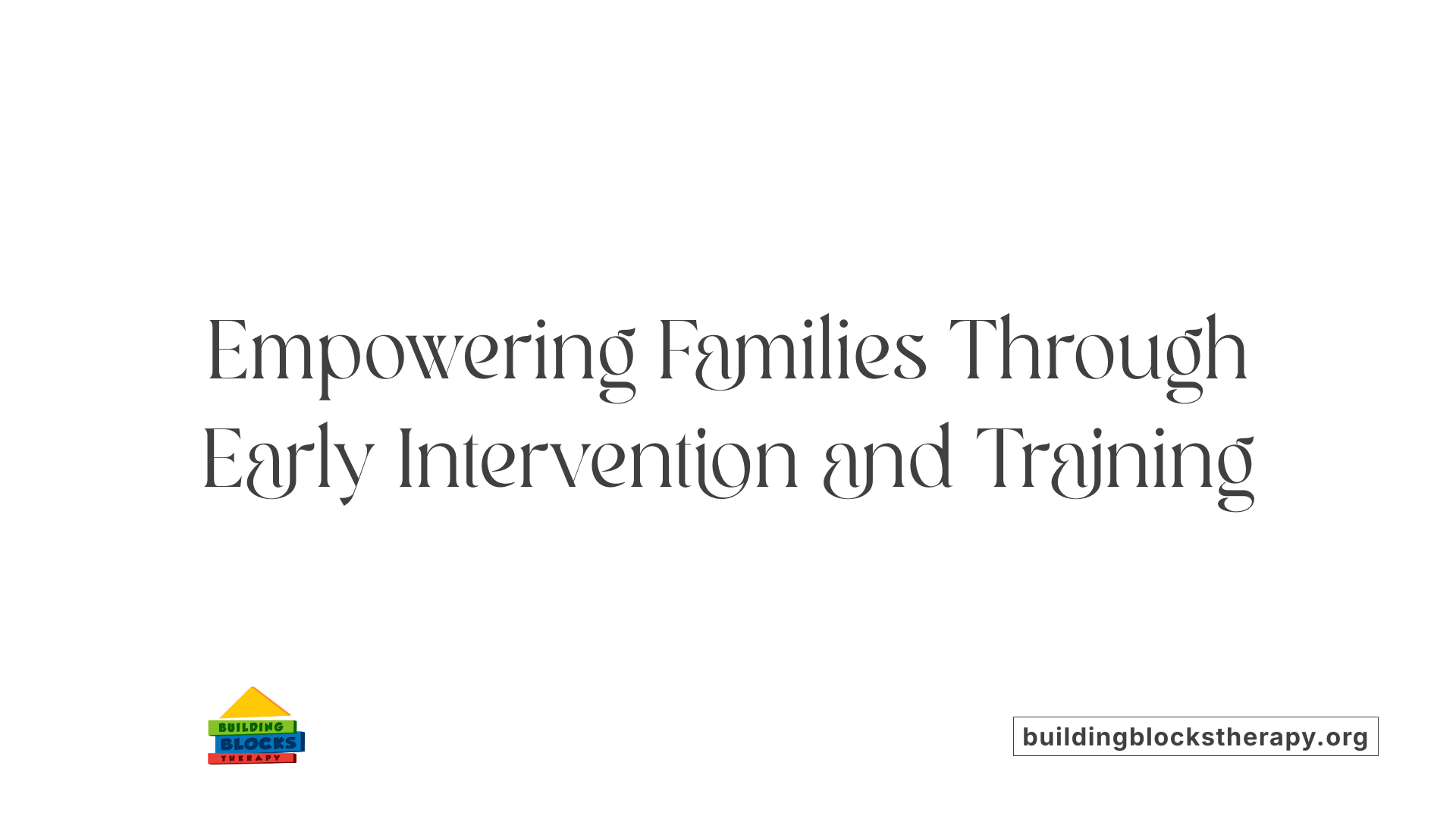
How Does Caregiver Involvement Influence Therapy Success?
Caregiver involvement is essential for maximizing therapy outcomes for children with autism spectrum disorder (ASD). Parents and caregivers trained in intervention techniques can consistently reinforce skills and behaviors outside formal sessions, promoting generalization and maintenance of learned abilities. As therapy often occurs across various settings, empowered caregivers provide a supportive home environment where interventions continue naturally.
What Are Parent Training Programs and Their Role at Home?
Parent training programs teach caregivers specific strategies such as applied behavior analysis (ABA) techniques, naturalistic language strategies, and social skills training to use effectively in daily routines. These programs emphasize understanding the child’s unique needs and help parents implement personalized approaches involving communication prompts, positive reinforcement, and behavior management. This hands-on education enables families to become active partners in the child’s developmental progress.
Why Is Early Intervention Critical?
Starting interventions between ages 1 to 3, especially for non-verbal children with ASD, yields the best outcomes. Early communication-focused and behavioral therapies like natural developmental behavioral intervention (NDBI) and the Early Start Denver Model (ESDM) capitalize on the brain’s plasticity during these formative years. Prompt intervention supports critical skills in communication, socialization, and cognition, reducing later challenges.
How Do Collaborative Care Models Benefit Children with ASD?
Effective treatment models involve seamless collaboration among families, therapists, educators, and medical professionals. Such teamwork ensures consistency in approaches and goal-setting across home, school, and clinical environments. Interdisciplinary communication allows tailored plans that address the child's evolving needs comprehensively and enables timely adjustment of strategies.
What Is the Importance of Timely Diagnosis and Continued Support?
Early diagnosis combined with immediate intervention significantly improves prognosis by allowing access to evidence-based therapies during critical developmental windows. Ongoing support helps families adapt to new challenges as the child grows and integrates new skills. This lifecycle approach fosters sustained improvements in communication, behavior, and social interactions crucial for lifelong success.
The Future of Speech Therapy in Autism Treatment
Speech therapy remains a cornerstone of autism treatment, vital for developing communication and social skills that are critical for lifelong success. When integrated with behavioral analysis and supported by innovative technologies and family involvement, speech therapy can significantly improve outcomes for individuals with ASD. Early, evidence-based, and individualized interventions delivered by skilled professionals offer hope for enhanced independence and quality of life. Ongoing advancements and interdisciplinary collaboration will continue to refine and expand the effectiveness of speech therapy within the broader context of autism treatment.
References
- Review of intervention methods for language and ...
- Treatment and Intervention for Autism Spectrum Disorder
- Evidence-based Treatment Options for Autism
- Applied Behavior Analysis: Key Points to Improve Autism ...
- Evidence-Based Practices for Effective Communication and ...
- Evidence-Based Practices for Children, Youth, and Young ...
- Speech Therapy






